Unsettled Nature: Artists Reflect on the Age of Humans
As horticulturists working for Smithsonian Gardens, we have the unique opportunity to work on collaborative projects with Smithsonian museums and outside artists. One such instance was a recent exhibit now on display at the National Museum of Natural History called Unsettled Nature: Artists Reflect on the Age of Humans. One of the artists featured in this exhibit, Andrew S. Yang, who is also a biologist, collected birds that were casualties of bird strikes. These birds were once flying in urban areas but died an untimely death by colliding with buildings. Seeds found in their stomachs were collected with the idea of growing them for display, showing audiences what gardens could have come into being had the birds been given the opportunity to disperse these seeds naturally. Smithsonian Gardens was asked to grow these seeds for display in a portion of the Unsettled Nature exhibit called Flying Gardens of Maybe.
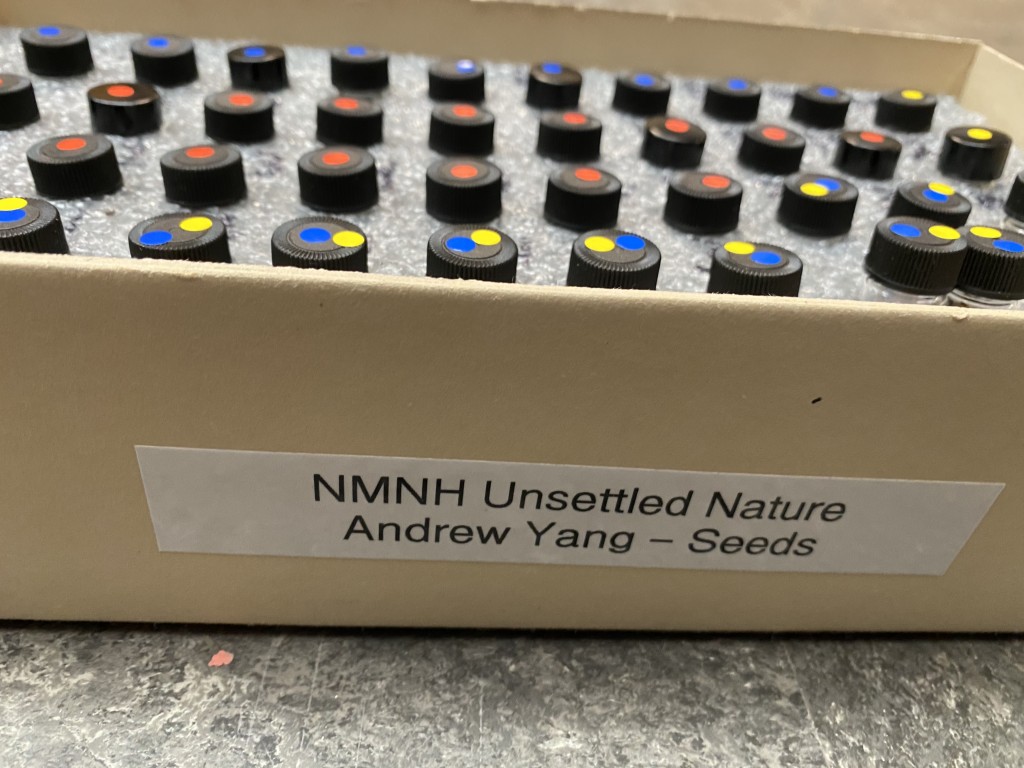
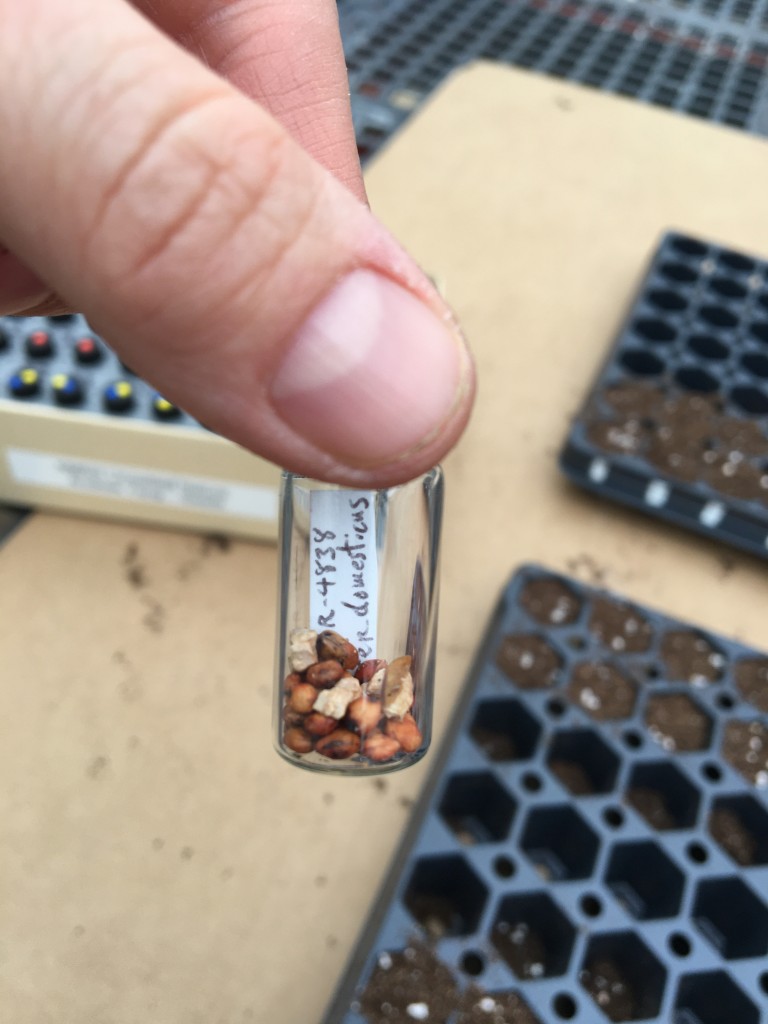
Last January, 2020, exhibit specialists from the National Museum of Natural History reached out to Smithsonian Gardens to ask if we would be willing to collaborate with them on the Unsettled Nature exhibit that was scheduled to open that March. We immediately began attempting to germinate the seeds but ran into some challenges. Not all the seeds germinated, and since we were limited in the amount of time we had to get the plants to grow, we needed to figure out why we were having difficulty. Unexpectedly, the Smithsonian museums closed last March due to COVID-19. That extra time while the museums were closed allowed us to experiment with different ways to germinate the seedlings. In the end we opted to put the seeds under the mist system in Smithsonian Gardens’ propagation greenhouse instead of hand-watering them and putting them under humidity domes. While we were still unable to germinate most of the seeds, we achieved enough of a success rate that there will always be enough displayable plants ready for the exhibit which opened this past June.
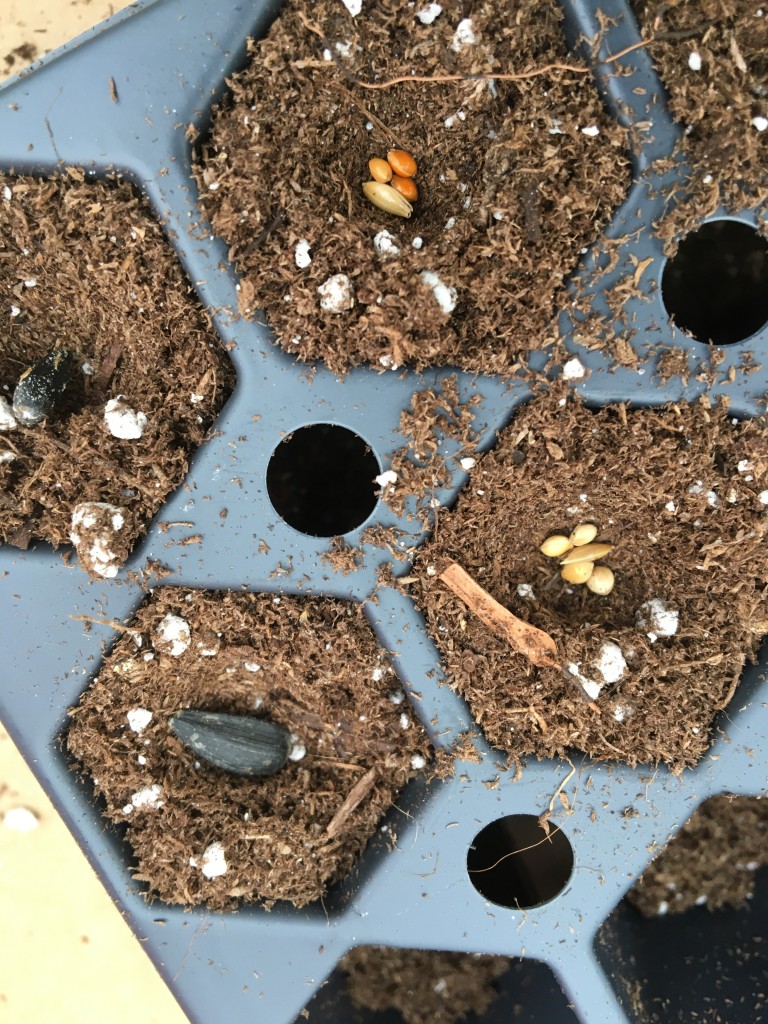
SG experimented with multiple methods to germinate the seeds. 
Seeds were ultimately placed under the mist system in Smithsonian Gardens’ propagation greenhouse instead of hand-watering them and putting them under humidity domes.
Four hand-crafted pots fashioned by the artist are on display in the exhibit, each one holding plants grown from seeds ingested by a different bird. The plants were carefully transplanted from the containers they were grown in into the pottery on-site and are monitored and watered twice a week. A grow light is timed to come on at night to extend the life of these indoor-growing plants. We carefully monitor their health and are prepared to substitute a new seedling when needed.
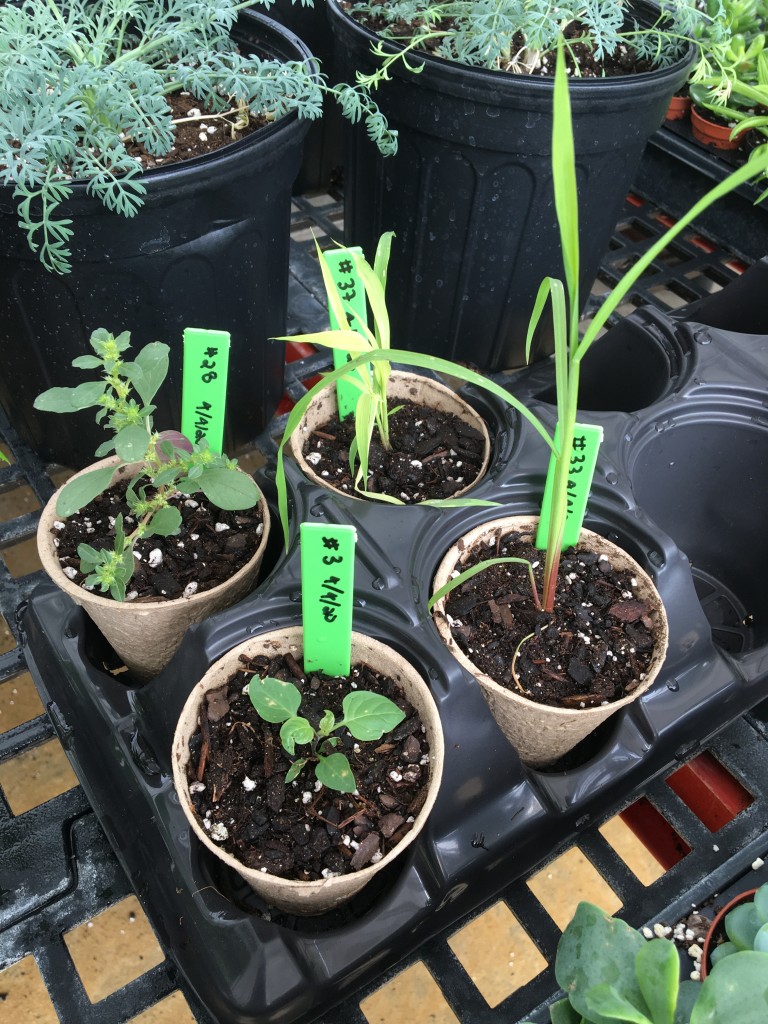
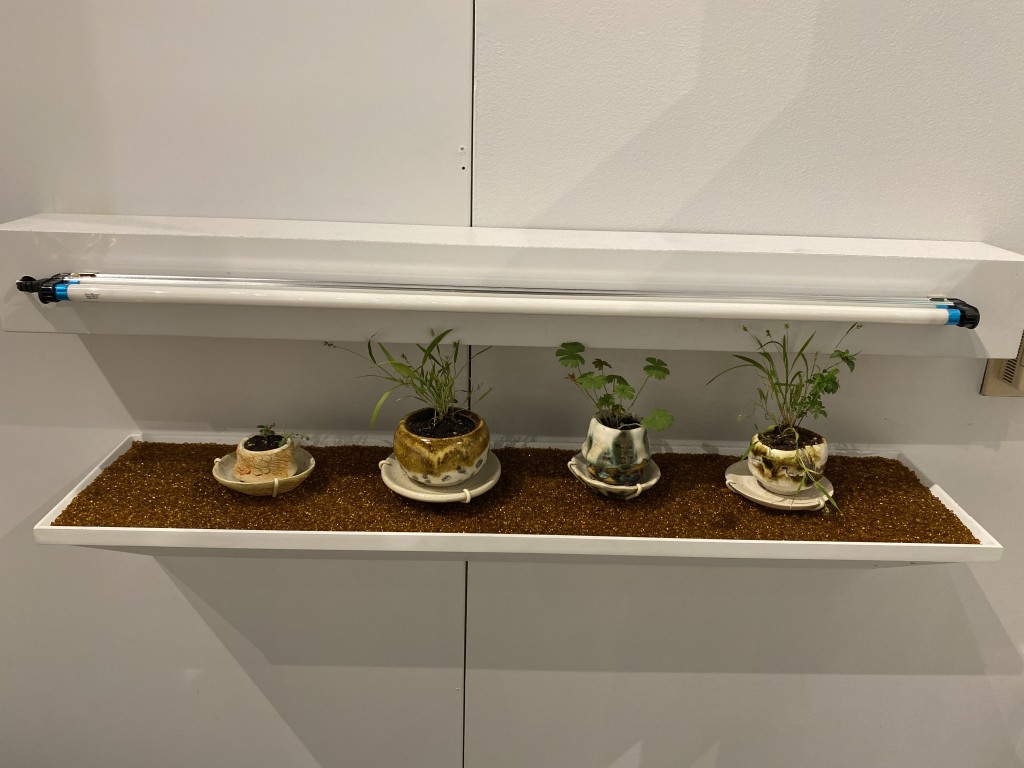

Taking care of the plants in the exhibit presents another challenge in and of itself! After removing shoes, carefully climbing up a stepladder and over a plexiglass barrier, then tiptoeing around photographs displayed on the floor of the exhibit, we can finally tend to the plants. A fine mist is all they need to keep going until our next visit a couple of days later.
We have truly enjoyed being a part of this collaboration with the exhibit specialists at the National Museum of Natural History, as well as the artist Andrew S. Yang, and hope you get an opportunity to see the exhibit in person. Located just off the Rotunda in the Natural History Museum, Unsettled Nature runs through March 2022.

